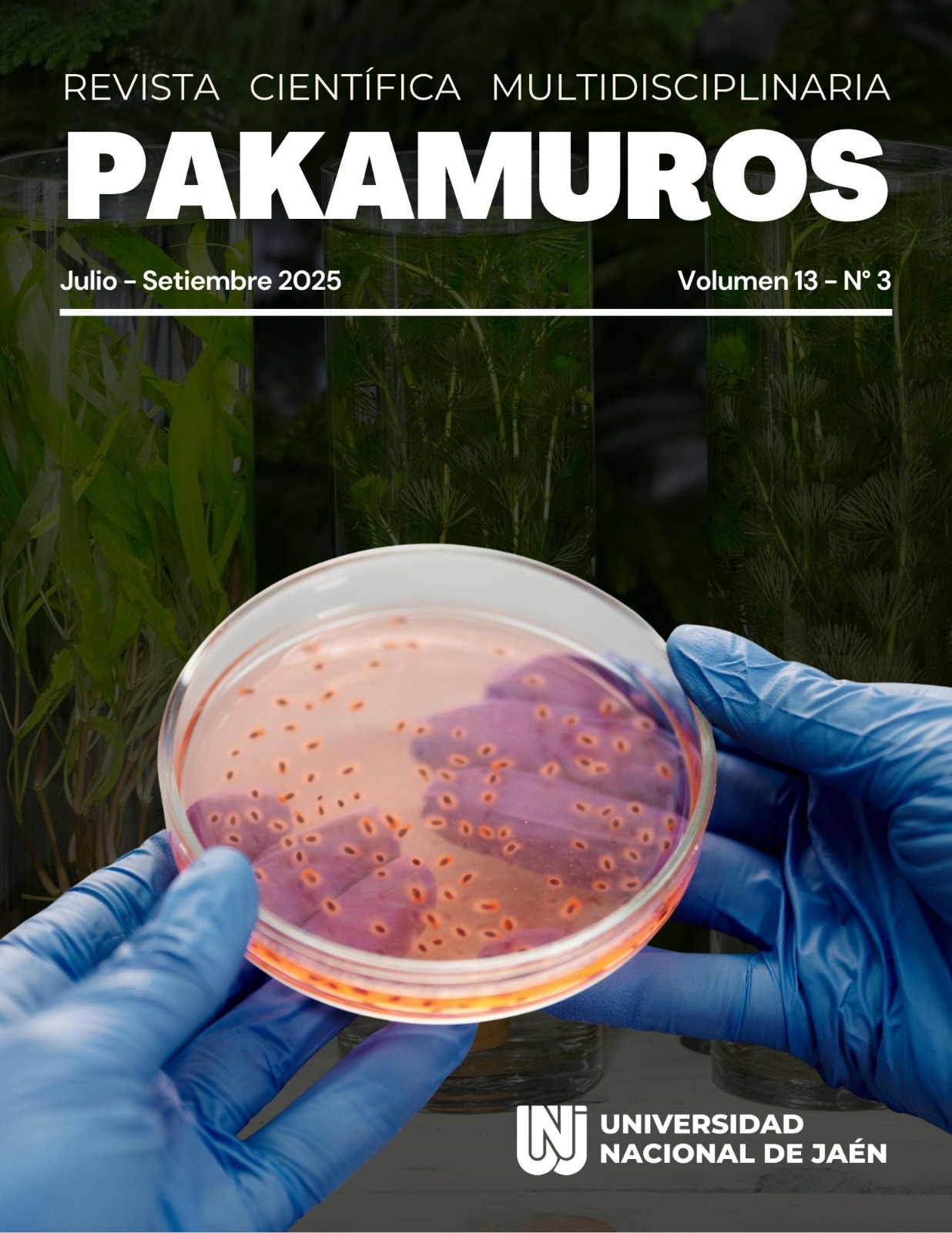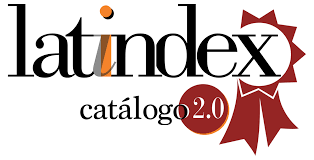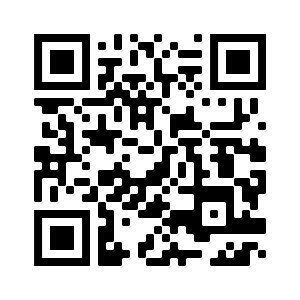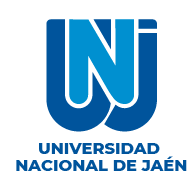Tecnologías de la Información de la Cadena de Suministro Empresarial: Una Revisión Sistemática
DOI:
https://doi.org/10.37787/2c53fe39Palabras clave:
cadena de suministros, inteligencia artificial, IoT, blockchain, automatización robótica de procesosResumen
La transformación de las estrategias tecnológicas en un contexto de la globalización viene transformando de forma incremental la gestión empresarial, teniendo como prioridad migrar al uso de tecnologías de la información (TI) en la gestión de la cadena de suministro (GCS), la investigación contribuyo a identificar y describir las TI más importantes a través de la metodología PRISMA, lo que permite realizar un análisis transparente y sistemático de los antecedentes, entre las tecnologías más relevantes esta la inteligencia artificial (IA) y el aprendizaje automático(ML), que ayudan a la gestión de la empresa mediante la predicción de los comportamientos de los mercados; ofrecen trazabilidad y seguridad en las transacciones (blockchain (BC); internet de las cosas (IoT), que permite el monitorio y control en tiempo real de los procesos logísticos y la automatización robótica de procesos (RPA) permitiendo incrementar la eficiencia en los procesos funcionales, los resultados obtenidos evidencian el impacto positivo reduciendo los tiempos en el procesamiento de grandes volúmenes de datos e información, aumento de la competitividad, mejora en la resiliencia de la cadena de suministro, permitiendo la satisfacción de cliente, las TI desarrollan capacidades en el ser humano como el análisis de datos e información permitiendo tomar decisiones estratégicas.
Referencias
Ahmed, S. F., Alam, Md. S. B., Hoque, M., Lameesa, A., Afrin, S., Farah, T., Kabir, M., Shafiullah, G., & Muyeen, S. M. (2023). Industrial Internet of Things enabled technologies, challenges, and future directions. Computers and Electrical Engineering, 110, 108847. https://doi.org/10.1016/j.compeleceng.2023.108847
Ahn, E., & Kang, H. (2018). Introduction to systematic review and meta-analysis. Korean Journal of Anesthesiology, 71(2), 103-112. https://doi.org/10.4097/kjae.2018.71.2.103
Alnoor, A., Abbas, S., Sadaa, A. M., Chew, X., & Bayram, G. E. (2025). Navigating the power of blockchain strategy: Analysis of technology-organization-environment (TOE) framework and innovation resistance theory using PLS-SEM and ANN insights. Technological Forecasting and Social Change, 214, 124044. https://doi.org/10.1016/j.techfore.2025.124044
Awasthy, P., Haldar, T., & Ghosh, D. (2025). Blockchain enabled traceability—An analysis of pricing and traceability effort decisions in supply chains. European Journal of Operational Research, 321(3), 760-774. https://doi.org/10.1016/j.ejor.2024.10.019
Balan, G. S., Kumar, V. S., & Raj, S. A. (2025). Machine learning and artificial intelligence methods and applications for post-crisis supply chain resiliency and recovery. Supply Chain Analytics, 10, 100121. https://doi.org/10.1016/j.sca.2025.100121
Benchis, M. P., Shahzad, K., & Dan, S. (2025). Comparative analysis of blockchain adoption in the public and private sectors. A technology-organization-environment (TOE) framework approach. Journal of Innovation & Knowledge, 10(4), 100746. https://doi.org/10.1016/j.jik.2025.100746
Bhat, S. A., & Aljuneidi, T. (2025). Viable intertwined supply network: Modelling and dynamic analysis using artificial neural networks. Applied Soft Computing, 168, 112503. https://doi.org/10.1016/j.asoc.2024.112503
Cuesta-Valiño, P., Kazakov, S., Durán-Álamo, P., & Gutiérrez-Rodríguez, P. (2025). The role of AI as an unconventional salesperson in consumer buying decisions, satisfaction and happiness. European Research on Management and Business Economics, 31(2), 100278. https://doi.org/10.1016/j.iedeen.2025.100278
Delgado-von-Eitzen, C., Fernández-Iglesias, M. J., Anido-Rifón, L., & Mikic-Fonte, F. A. (2026). Blockchain beyond immutability: Application firewalls on ethereum-based platforms. Computer Standards & Interfaces, 95, 104038. https://doi.org/10.1016/j.csi.2025.104038
Elhusseiny, H. M., & Crispim, J. (2022). SMEs, Barriers and Opportunities on adopting Industry 4.0: A Review. Procedia Computer Science, 196, 864-871. https://doi.org/10.1016/j.procs.2021.12.086
Escandon-Barbosa, D., & Salas-Paramo, J. (2025). Driving success: Leveraging strategic decision-making and digital technology for sustainable performance. Journal of Open Innovation: Technology, Market, and Complexity, 11(2), 100536. https://doi.org/10.1016/j.joitmc.2025.100536
Ghobakhloo, M., Asadi, S., Iranmanesh, M., Foroughi, B., Mubarak, M. F., & Yadegaridehkordi, E. (2023). Intelligent automation implementation and corporate sustainability performance: The enabling role of corporate social responsibility strategy. Technology in Society, 74, 102301. https://doi.org/10.1016/j.techsoc.2023.102301
Govindarajan, U. H., Narang, G., Singh, D. K., & Yadav, V. S. (2025). Blockchain technologies adoption in healthcare: Overcoming barriers amid the hype cycle to enhance patient care. Technological Forecasting and Social Change, 213, 124031. https://doi.org/10.1016/j.techfore.2025.124031
Guida, M., Caniato, F., & Moretto, A. (2025). AI meets spend classification: A new frontier in information processing. Journal of Purchasing and Supply Management, 31(3), 100993. https://doi.org/10.1016/j.pursup.2025.100993
Jin, S., & Karki, B. (2025). Integrating IoT and blockchain for intelligent inventory management in supply chains: A multi-objective optimization approach for the insurance industry. Journal of Engineering Research, 13(2), 527-537. https://doi.org/10.1016/j.jer.2024.04.021
Joshi, R., Kumari, S., & Pandey, K. (2025). Chapter 26 - Rise of blockchain based digital twin: A transformative tool for new research trends. En S. Iyer, A. Nayyar, A. Paul, & M. Naved (Eds.), Digital Twins for Smart Cities and Villages (pp. 601-630). Elsevier. https://doi.org/10.1016/B978-0-443-28884-5.00026-9
Lehner, C., Padovano, A., Zehetner, C., & Hackenberg, G. (2024). Digital twin and digital thread within the product lifecycle management. Procedia Computer Science, 232, 2875-2886. https://doi.org/10.1016/j.procs.2024.02.104
Mao, H. (2025). The Optimization Strategy and Application Practice of Business Management Supply Chain Based on Artificial Intelligence Technology. Procedia Computer Science, 261, 707-715. https://doi.org/10.1016/j.procs.2025.04.324
Moshood, T. D., Rotimi, J. OB., Shahzad, W., & Bamgbade, J. A. (2024). Infrastructure digital twin technology: A new paradigm for future construction industry. Technology in Society, 77, 102519. https://doi.org/10.1016/j.techsoc.2024.102519
Nevi, G., Pizzichini, L., Bastone, A., & Dezi, L. (2025). Adoption of AI by micro and small health enterprises: Effects of entrepreneurial orientation on the TOE model. European Journal of Innovation Management, 28(11), 209-241. https://doi.org/10.1108/EJIM-07-2024-0770
Pang, S., Teng, S. W., Murshed, M., Bui, C. V., Karmakar, P., Li, Y., & Lin, H. (2024). A survey on evaluation of blockchain-based agricultural traceability. Computers and Electronics in Agriculture, 227, 109548. https://doi.org/10.1016/j.compag.2024.109548
Rahman Mahin, Md. P., Shahriar, M., Das, R. R., Roy, A., & Reza, A. W. (2025). Enhancing Sustainable Supply Chain Forecasting Using Machine Learning for Sales Prediction. Procedia Computer Science, 252, 470-479. https://doi.org/10.1016/j.procs.2025.01.006
Roy, S. K., Tehrani, A. N., Pandit, A., Apostolidis, C., & Ray, S. (2025). AI-capable relationship marketing: Shaping the future of customer relationships. Journal of Business Research, 192, 115309. https://doi.org/10.1016/j.jbusres.2025.115309
Roy, W., Hans, B., Jannat, R. U., Reddy, Y. K., Hadi, Y., & Gayam, S. (2023). Tele-visits for GERD: “Ecofriendly, efficient and effective”. Journal of Gastroenterology and Hepatology (Australia), 38(6), 905-909. Scopus. https://doi.org/10.1111/jgh.16148
Rumson, A. G., & Hallett, S. H. (2019). Innovations in the use of data facilitating insurance as a resilience mechanism for coastal flood risk. Science of The Total Environment, 661, 598-612. https://doi.org/10.1016/j.scitotenv.2019.01.114
Shamsuzzoha, A., & Pelkonen, S. (2025). A robotic process automation model for order-handling optimization in supply chain management. Supply Chain Analytics, 9, 100102. https://doi.org/10.1016/j.sca.2025.100102
Sharifmousavi, M., Kayvanfar, V., & Baldacci, R. (2024). Distributed Artificial Intelligence Application in Agri-food Supply Chains 4.0. Procedia Computer Science, 232, 211-220. https://doi.org/10.1016/j.procs.2024.01.021
Sharma, D. K., Bhargava, S., & Singhal, K. (2020). Chapter 6—Internet of Things applications in the pharmaceutical industry. En V. E. Balas, V. K. Solanki, & R. Kumar (Eds.), An Industrial IoT Approach for Pharmaceutical Industry Growth (pp. 153-190). Academic Press. https://doi.org/10.1016/B978-0-12-821326-1.00006-1
Su, Y.-S., Wang, J., Tu, S.-H., Liao, K.-T., & Lin, C.-L. (2025). Detecting latent topics and trends in IoT and e-commerce using BERTopic modeling. Internet of Things, 32, 101604. https://doi.org/10.1016/j.iot.2025.101604
Valami, Z. H., & Ahmadifar, H. (2025). A low cost blockchain-based model for detecting of counterfeiting container in the road transport system. Research in Transportation Business & Management, 60, 101329. https://doi.org/10.1016/j.rtbm.2025.101329
Zhu, H. (2025). E-Commerce Big Data Logistics Supply Chain Control System Based on Artificial Intelligence and Blockchain. Procedia Computer Science, 259, 923-930. https://doi.org/10.1016/j.procs.2025.04.045
Publicado
Número
Sección
Licencia
Derechos de autor 2025 Revista Científica Pakamuros

Esta obra está bajo una licencia internacional Creative Commons Atribución-NoComercial 4.0.












